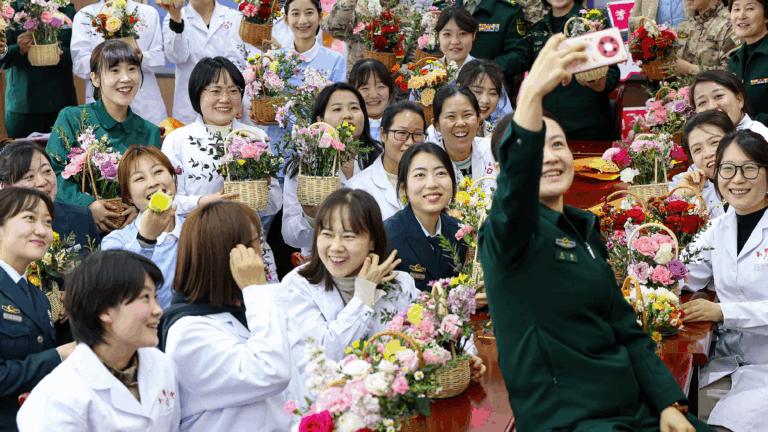
In a groundbreaking advancement in regenerative medicine, Chinese researchers have uncovered a genetic switch that can restore healing abilities in mammals. This pivotal discovery may significantly alter treatments for organ damage and traumatic injuries.
Published in the journal Science, the study reveals that activating a dormant genetic switch related to Vitamin A metabolism can lead to ear tissue regeneration in rodents. Unlike other species such as fish and salamanders, mammals typically exhibit a limited capacity for full tissue and organ regeneration.
The ear pinna serves as an effective model to investigate the evolutionary variations in regenerative capabilities among mammals. According to lead researcher Wang Wei, exploring the evolutionary background of regeneration loss and gain could enhance our understanding of regenerative medicine.
The research indicates that non-regenerative mammalian species fail to adequately activate the Aldh1a2 gene after injuries, which diminishes their regenerative potential compared to species capable of natural tissue repair. The team from the National Institute of Biological Sciences, BGI Research, and Northwest A&F University found that insufficient expression of this gene leads to decreased production of retinoic acid (RA).
Notably, they demonstrated that activating this gene or administering RA via a gene enhancer from rabbits could restore regenerative abilities in both mice and rats. RA signaling is thought to play a critical role in various regeneration processes, including those involving bone, limb, skin, nerve, and lung tissues.
Wang emphasized that this study illuminates a pivotal target in the evolution of regeneration, offering an avenue for understanding the mechanisms behind regeneration failures in other organs and species. As the journal’s editor, Stella M. Hurtley noted, this research could pave the way for strategies to encourage regeneration in organs typically viewed as non-regenerative.
Source: news.cgtn.com






